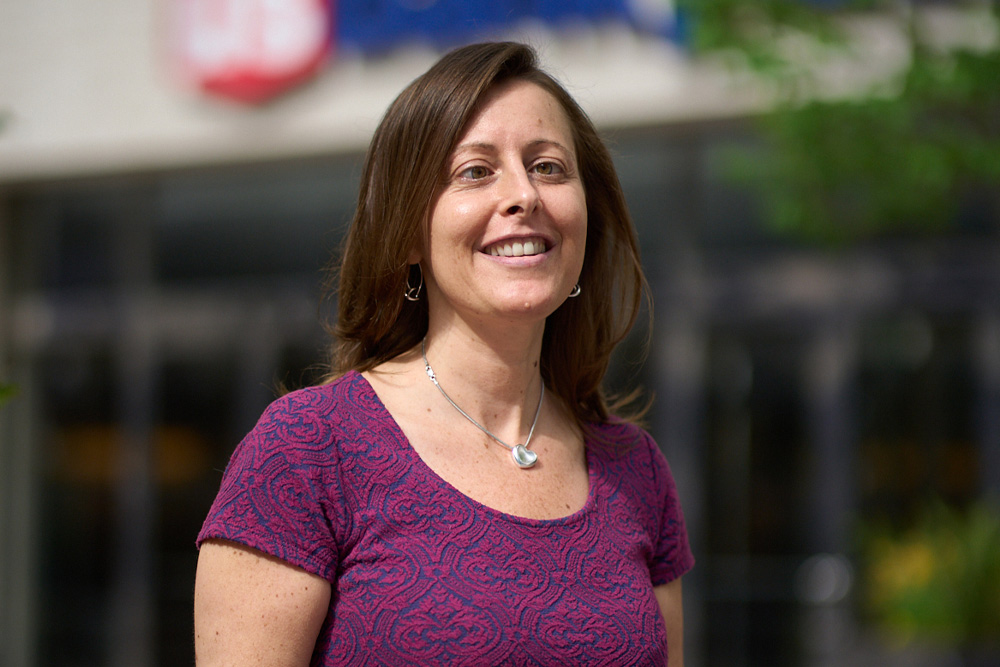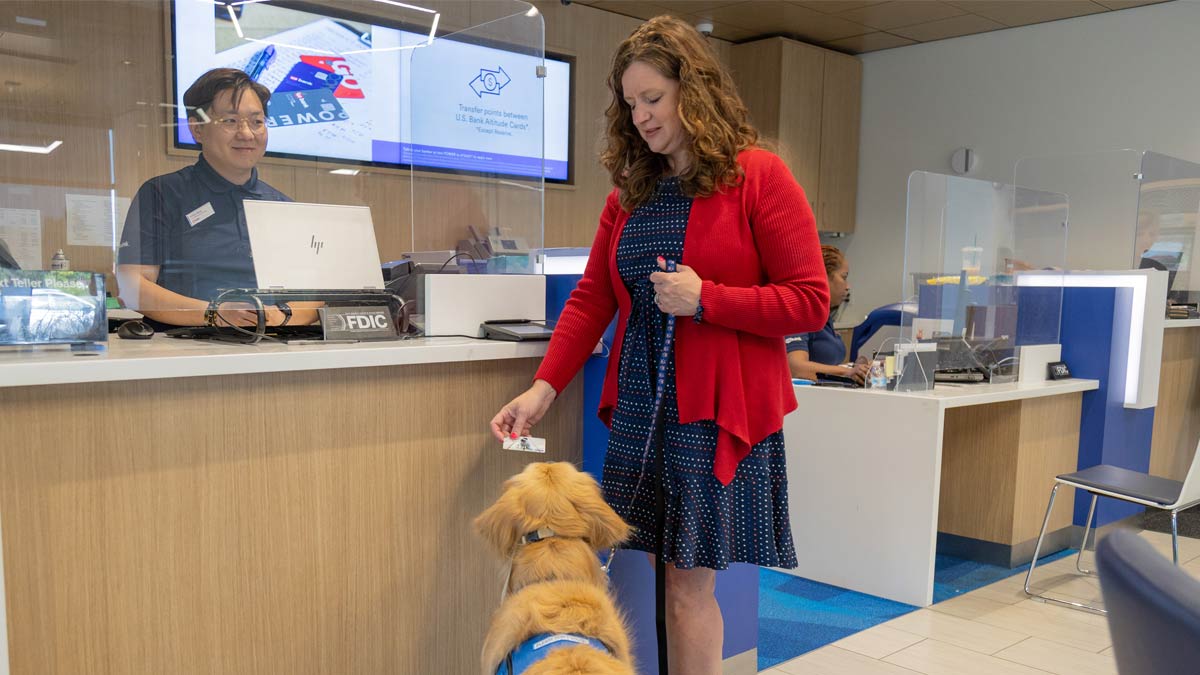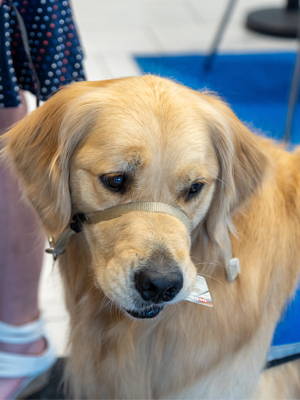“As part of the protocol for training, they had to learn how to work in an office, sit in a cubicle and not disrupt anything at work. Many, many U.S. Bank employees have met my dogs,” said Jackelen, who trained her first dog at the West Side Flats office in St. Paul and her second at U.S. Bancorp Center. “The bank has been amazing in helping me – especially my boss and my colleagues. I’ve felt so much support along the way in training these dogs.”
Eden Prairie, Minnesota-based Helping Paws began in 1985 as a pilot project at the University of Minnesota’s Center for the Study of Human-Animal Relationship and Environment and became an independent nonprofit in 1988. The organization breeds and trains only Golden Retrievers and Labrador Retrievers because of their friendly dispositions, natural desire to work with people, retrieving instincts and large size that can provide a physical support if needed.
Jackelen started volunteering with Helping Paws by assisting with public access tests that service dogs go through, ensuring they can perform tasks while staying calm and focused. After about five years, she trained her first service dog, and then trained her current dog, Koho, a few years later.
Koho ended up unexpectedly becoming a demonstration dog because he finished training just as Covid-19 shutdowns began and was not able to be matched to a new owner. Instead, Jackelen now takes him “anywhere people want to learn about service animals,” from schools to Minnesota Wild ice hockey games to U.S. Bank Business Resource Group (BRG) events held by the Proud to Serve veterans’ BRG and the Disability BRG. She also volunteers as a class assistant in weekly dog training classes and is currently puppy sitting one of the newest service dogs in training.
At U.S. Bank, Jackelen is vice president on the annuity product team in Wealth Management. She’s been on the team for 12 years, and finds similarities between her volunteer work and career at the bank. Both roles require a lot of organization and planning, she said, and an inherent desire to work with and help people.
“In wealth planning, you care about an individual and helping them plan for the future and achieve their goals for years to come,” she said. “It’s the same thing for training a service dog. You’re helping people to be their best self, and fulfill their goals and dreams by allowing them to be more independent.”





